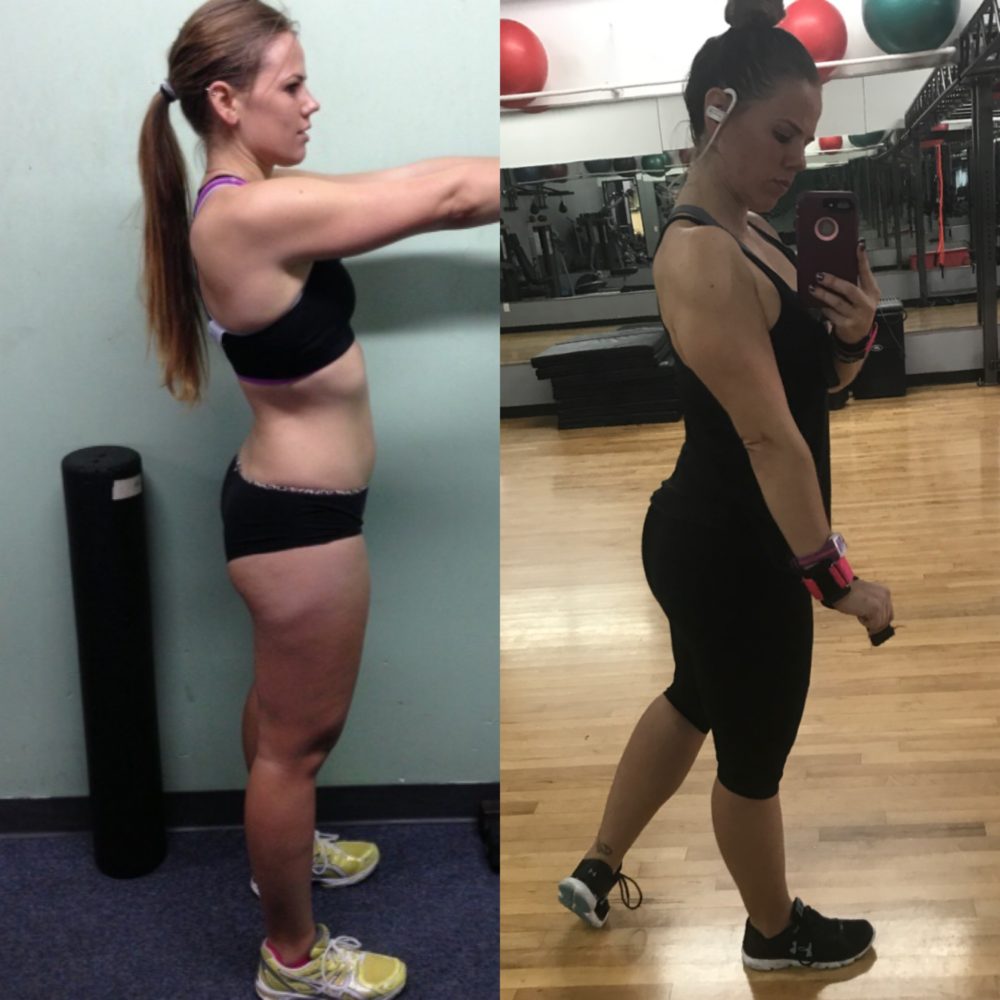
Operation Tight Ass; A closer look on how to get those booty gains!
I have been on “Operation Tight Ass” since I started bodybuilding back in 2013; my derriere was and has been a major focus of my training. I believe that if you’re not born with it, then you have to build it! Needless to say, I have been experimenting with glute programming for quite some time and now it’s time to start sharing! So let’s take a look at your glutes and workout a program that will help you build your booty!
First, let’s dive in to the science-ish stuff to help you better understand your booty. The glutes are made up of 3 separate muscles; the Gluteus Maximus, The Gluteus Medius, and the Gluteus minimus.
The Gluteus Medius and Minimus are often forgotten about so let’s start there. The medius originates (attached at) the illium crest of the pelvis. The top of your hipbone and it inserts into the greater trochanter of the femur. Directly underneath the Medius Muscle is the Minimus. The minimus originates lower on your Pelvis (outer surface of the ilium) and also inserts into the greater trochanter of the femur.
Well what do these muscles do for you? The Glute Medius and Minimus are BOTH stabilizers of your hip joint.,..meaning they help you stand on one leg while either balancing or walking. They also play a key roll in hip abduction (moving your leg away from the body laterally/to the side).
On to that maximus muscle! The Gluteus maximus is the largest muscle in your body. Well for most of us. Many people who spend their days seated and neglect exercising can experience gluteal atrophy causing the muscle to shrink in size. It is the most powerful of the three and the most superficial. Meaning it is closest to the surface. Since it is SOOO big, it has several different origins; the pelvis, sacrum, coccyx and some fascia. It inserts into the upper femur and the IT band. The Glute Max is responsible for hip extension, external rotation, hip abduction and posterior pelvic tilt ….So basically, lots of movements!
I know what you’re thinking, what exercises do I need to do then? Well let’s take a look at the best glute exercises that will help you develop a nice booty!
So when you’re diving into a glute program, you want to think if you are making that mind to muscle connection. So basically you want to meditate for a minute and get in touch with the max, med, and minimus. This connection if very important and will help you “Turn the Glutes on” when training. You never want to just go through the motions of the exercise…if you’re at the bottom of a squat you need to be thinking; “ass ass ass ass ass” or I like to yell at me clients “squeeze it!”
Best Butt Exercises (JUST A FEW!!!!)
If you are on “Operation Tight Ass” you want to focus on your glutes by adding 2-3 of these per workout.
SQUATS
- Squats – There are many different variations of the squat and even though they are not a solely glute focused movement, squats do allow you to progressively add more weight (progressive overload) which in turn will help with glute activation. I also like to add 1-2 compound movements into my glute workouts and squats are a fantastic example of one!
BUT(T) since this is a glute focused entry, let’s figure out how to make your squats more booty friendly. To ensure that you are targeting your glutes more effectively with squats, you want your feet to be place more than shoulder width apart (more into a sumo stance, oh yes that is abduction) and your toes are turned out (theres that external hip rotation I was talking about!!!) At the top of the movement, you ALSO want to extend your hips fully and squeeze your butt. At this point in the exercise the glutes are flexed or shortened, so fucking squeeze!
Here’s a squat video where I am using a kettlebell (feel free to use a barbell, dumbbells, or even no weight!!!!). My feet are turned out and more than shoulder width apart. I am fully extending my hips while squeezing my butt at the top or the end of the movement. When doing this type of glute focused squat, don’t worry about using a lot of weight; you want to be able to get your glutes activated so light to medium amount of weight will work perfectly!
Check This Video Out! https://youtu.be/8qQhs1sY5To
HIP THRUSTS
- You’ve been seeing people do these in the gym, they look like they are humping a barbell and you think it looks funny, but actually they are ahead of the glute game. Hip thrusts are a very effective, glute exercise. These can be done with a barbell across your hips or with a band around your legs with your back elevated on a bench or a box. The main glute activation occurs when the hips are fully extended and glutes are shortened. (At the top of the hip thrust movement).
Here is a video: https://youtu.be/toWEGTEZj3M
SINGLE LEG DEADLIFTS
- Single Leg Deadlifts – You can start your program off by doing these without weight and then progressing to holding a dumbbell or kettlebell in your hand. Hold the weight in the opposite hand of the leg you are deadlifting. This exercise is fantastic for glute activiation because it is a unilateral movement, meaning one sided. You can really focus on activating one glute at a time!
Here is a video: https://youtu.be/dyatBXRNgFo
SINGLE LEG SQUATS
- Single Leg Squat – Another unilateral movement that will effectively target your glutes as well as doing different single leg movements will help you target different parts of your glutes. There are many different variations of the single leg squat.
Here are a few Single Leg Squat Variations: https://youtu.be/Xfdrb4WKNrU
GLUTE BRIDGE
- Glute Bridge – This movement is different that the hip thrust as it is performed while lying on your back on the ground. This can be performed with body weight only as well as adding a band around your knees for added difficulty. You can place your feet at different widths to vary your movement, and also don’t forget to turn out those toes. When Hips are extended fully at the top of the movement, make sure to engage your glutes!
Here is a video: https://youtu.be/Q-OFigwrTKo
Happy Booty Building! If you have any questions or need some assistance, feel free to contact me today! lauren@laurenkateaustin.com
One of the top questions that I get asked as a Personal Trainer/Bodybuilder is what kind of Protein Shake do I like the best? Which gave me the idea to write about it. You may or may not be shocked to find out what my response is: “I don’t drink protein shakes!!!” Wait what?? Yes that is correct, I, Lauren Kate Austin, a body builder, nutritionist, and personal trainer, do not drink protein shakes. I actually get many gifts from people, like tubs of protein powder, shaker cups, or even protein shake coolers which start to collect dust. Sorry, those get re-gifted :/. I just love eating so much that I would rather meal prep extra meals so I have more opportunities to eat than drink a shake. That is just my opinion for myself. Also when preparing for a competition, eating real food helps in the repair/recovery process better than shakes do. So since I am in prep mode, definitely no shakes for me!
Even though I personally don’t drink them right now, I am of course not against them. If I am creating a meal plan for a client who has a busy job or works in their car for most of the day, eating small meals is really hard. The way to solve that problem is usually by incorporating 1 or 2 shakes throughout the day. This is an instance where drinking a protein shake makes sense.
Just because you see all the bros in the gym chugging one of those gainer shakes post and even pre workout doesn’t mean that’s the right fit for you. If you need a quick easy meal after your workout then yes incorporating a shake post workout is best for you, but be aware of what you’re drinking. Post workout your body needs to repair the muscles that you literally tore down and eating a meal with protein will help aid in the building/repairing process. BUT it’s best to have a source of carbohydrates with that protein. During your workout you’ve just depleted your glycogen stores, so consuming a post workout shake that has a moderate amount of carbs and protein is a great after workout meal, not just a shake with 50 plus grams of protein. (THAT’S A LOT!!!)
Which shake is the right one for you? Well first off, you need to figure out how many grams of protein YOU need everyday. A shake should be easily incorporated into your daily protein needs and not consumed on top of what you’re already eating everyday. Want to figure out what works best for you and your fitness goals? Contact me to set up a Nutrition coaching session today!
Lauren Kate Austin M. Ed. – lauren@laurenkateaustin.com
www.laurenkateaustin.com
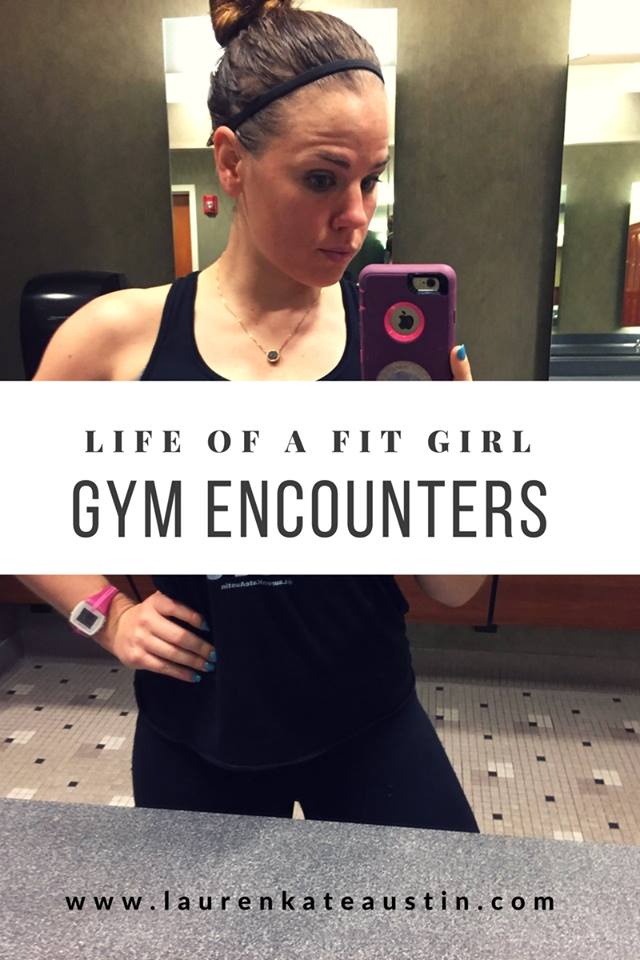
I woke up this morning ready to go workout, but I had to choose from my three memberships that I have (yes I know, 3 may seem like a lot but I can justify all; the gym I train/work at, well duh I have to have, I have a 24 hour fitness membership, which I’ve had for almost 8 years and almost gave it up but with show prep around the corner I’m going to need the 24 hour access to a gym for those weird hours of cardio, and my newest membership is LA Fitness, which I got since it’s close by work gym and sometimes I need a change of scenery for pumpin’ some iron). My original plan was to go to 24, but I forgot my workout towels so then I started heading to Lah-Lah fitness but then I thought oh wait what if my stalkers there? Shit, off to work gym I go.

92% of all New Year’s Resolutions will end in failure. While millions will start gung ho in January with lofty goals for massive weight loss, the reality is that most will fail. Want to be apart of the 8% who will achieve their resolutions? Then set realistic goals!!!
- Instead of resolving to lose 50 pounds by June, commit to exercise 3-4 times each week.
- Instead of resolving to give up all carbs, commit to bring healthy – snacks to work instead eating from the vending machine.
- Instead of resolving to drop 3 sizes in 3 months, commit to losing 1 pound each week until you reach your desired size.
- Instead of resolving to never eat out again, commit to eating healthy all week and reward yourself with one cheat meal or cheat day a week.
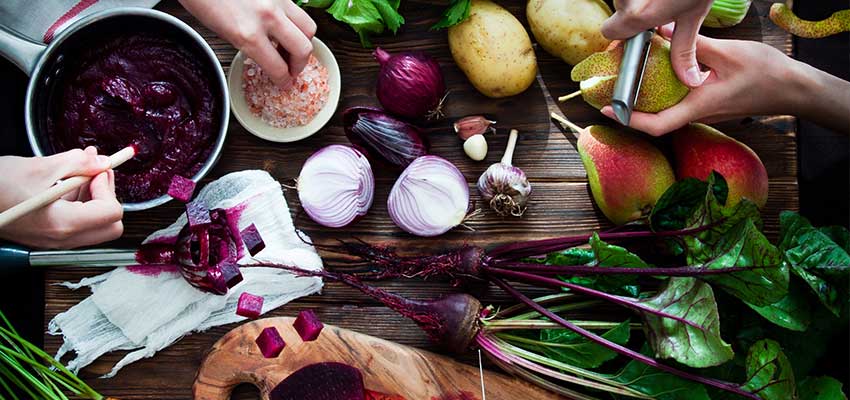
Spending too much time in the kitchen?
Attend one of my meal prep classes and become a MORE EFFICIENT meal prepper!
Join me as I show you:
- How to prepare a weeks worth of food in about 2 hours
- Go over how to prepare different proteins, veggies, and starches (rice, potatoes, quinoa, squash)
- Go over different snack ideas
- How to measure and portion your food
- Breakfast ideas
- How to pack your meals for traveling
- Handout will be provided with information as well as to take notes on
Cost is just $25 per person.
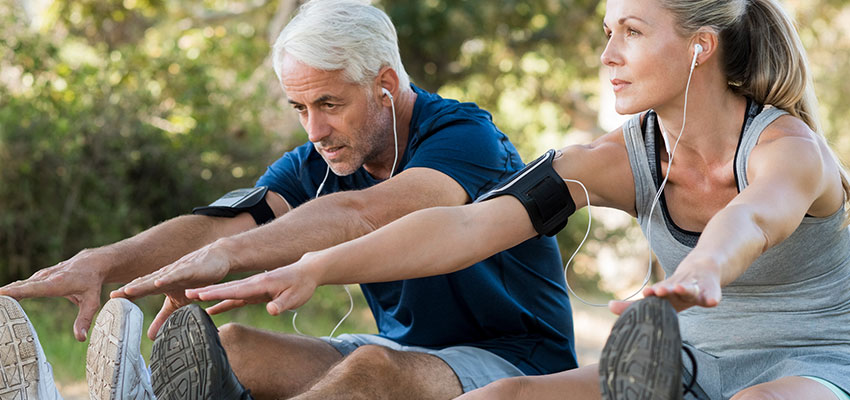
When University of British Columbia (UBC) researchers asked people who were new to HIIT to try a sprint-interval workout either with or without music, both groups came away with positive attitudes. But those who sweated to a playlist felt even better about the routine than those who’d worked out in silence.
Listening to music may make it easier for people to adopt these types of HIIT routines, say the study authors. That could help them stay in shape, they add, by allowing them to squeeze short, effective workouts into busy days.
Lots of people exercise regularly, but they do steady-state cardio (like long, slow jogs) or low-intensity activity (like walking or yoga). And while there’s nothing wrong with those types of exercise, research has shown that interval training can provide many of the same benefits—like burning calories and strengthening your heart—in less time.
“There has been a lot of discussion in the exercise and public policy worlds about how we can get people off the couch and meeting their minimum exercise requirements,” said Kathleen Martin Ginis, PhD, professor of health and exercise sciences at UBC, in a press release. “The use of HIIT may be a viable option to combat inactivity, but there is a concern that people may find HIIT unpleasant, deterring future participation.”
To examine newbies’ attitudes and intentions toward HIIT, researchers recruited 20 men and women unfamiliar with these types of workouts. After two preliminary training sessions, the participants completed two sprint interval training workouts on stationary exercise bikes about a week apart—one with music and one without. Each session included four to six 30-second “all-out” bouts of pedaling, separated by four minutes of rest.
After each session and again after a final follow-up meeting, the participants were asked to rank the workouts in terms of how enjoyable, beneficial, pleasant, painful, and valuable they found them to be. They were also asked how likely it was that they would do a similar workout three times a week going forward.
On average, the exercisers had already expressed positive assumptions about HIIT before the study began. And it turns out, their attitudes were just as positive after trying it for themselves. That was somewhat surprising, says study co-author and PhD candidate Matthew Stork, given the intensity of the workouts. But there’s more: Overall, the exercisers rated their session with music as more positive than their session without.
Somewhat surprisingly, participants’ “intention” scores (when asked if they’d continue these types of workouts) weren’t significantly different between the two sessions. Nonetheless, the authors wrote, using music to improve enjoyment and attitude toward HIIT “may eventually translate into improved [sprint-interval training] exercise intentions over time.”
It’s also possible, they admit, that the attitude boost provided by music really wasn’t enough to significantly improve participants’ intentions. But at the very least, says Stork, adding tunes to a tough workout probably won’t hurt.
“For busy people who may be reluctant to try HIIT for the first time, this research tells us that they can actually enjoy it,” he says, “and they may be more likely to participate in HIIT again if they try it with music.”
The study was published in the Journal of Sport Sciences. Participants chose their own music and selections varied widely, says Stork, although they did tend to select fast, upbeat songs. That makes sense, he says, since music with fast tempos has been shown to facilitate speed increases in previous exercise studies.
As little as three 10-minute intense HIIT sessions a week can provide meaningful health benefits, says Stork, who’s also a certified strength and conditioning coach. If people can incorporate these workouts into their regular routine, he adds, they may not necessarily have to get “the dreaded 150-minute weekly total.” (The American Heart Association recommends getting at least 150 minutes of moderate exercise, or 75 minutes of vigorous exercise, per week.)
Stork says that HIIT can be beneficial for people of all ages and fitness levels—although he cautions that anyone with a history of heart disease or other health risks should check with his or her physician before trying a new exercise protocol.
He also recommends familiarizing yourself with the intermittent nature of HIIT before jumping right into it for the first time, and to start off with intervals that may not require you to go all-out right away.
Indoor cycling and other aerobics classes often follow an interval format (with music!) and can be a great way to get started. Just be sure to start out at your own pace, says Stork, and to talk with the instructor beforehand if you have any concerns.
“One of the best features of HIIT-based exercise is that it calls for relative intensities, which can account for a range of fitness levels, and can be modified in many ways,” he says. “Don’t be afraid to start off with a protocol consisting of 4 or 5 work bouts and eventually work your way up to 10 bouts over a few weeks. There’s no need to push yourself too hard or too fast.”
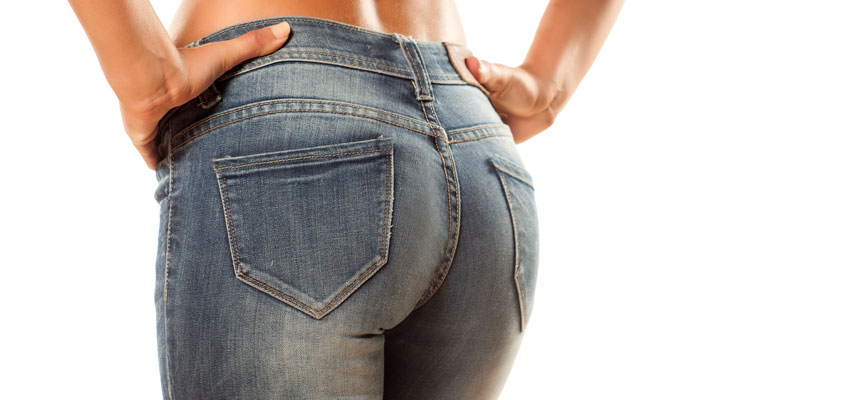
Moves to help you lose up to 8 inches in just 6 week
Shape up below the belt with these moves from Molly Fox, creator of the popular Skinny Jeans Workout class, taught at Equinox Fitness Clubs across the country. Her six-week plan will erase up to 2 inches from your hips, butt, thighs, and belly. No more too-tight jeans!
1. Squats
Stand with feet hip-distance apart and slightly turned out. Hold a 3-pound weight in each hand, arms by your sides. Lower into a squat, keeping upper body as upright as possible while reaching arms forward (as shown). Return to starting position. Do 20 reps.
Trainer Tip: In the squat, your knees should be over your second toes. To keep knees from turning outward, tighten your inner-thigh muscles.
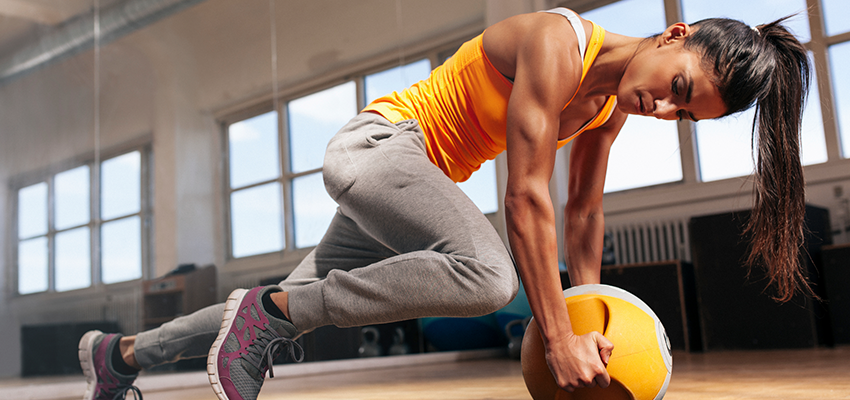
- Begin in a pushup position, with your weight supported by your hands and toes. Flexing the knee and hip, bring one leg until the knee is approximately under the hip. This will be your starting position.
- Explosively reverse the positions of your legs, extending the bent leg until the leg is straight and supported by the toe, and bringing the other foot up with the hip and knee flexed. Repeat in an alternating fashion for 20-30 seconds.
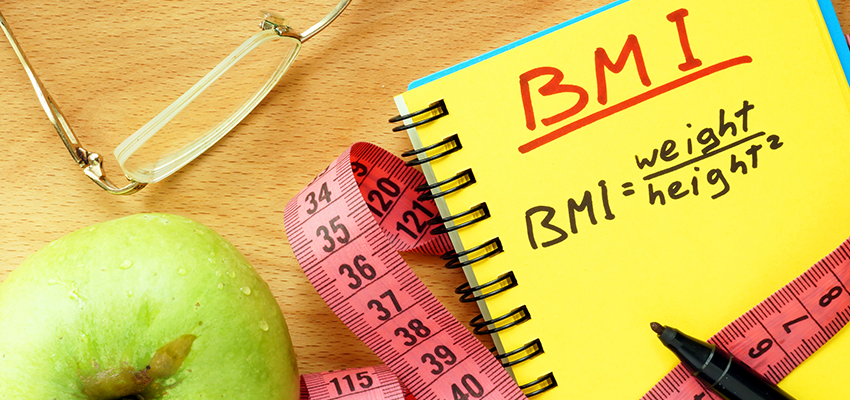
To successfully lose weight and keep it off, eating well and exercising are key (the secret, of course, is to eat less and move more). Add these 10 easy tips to your arsenal to boost your weight-loss efforts.
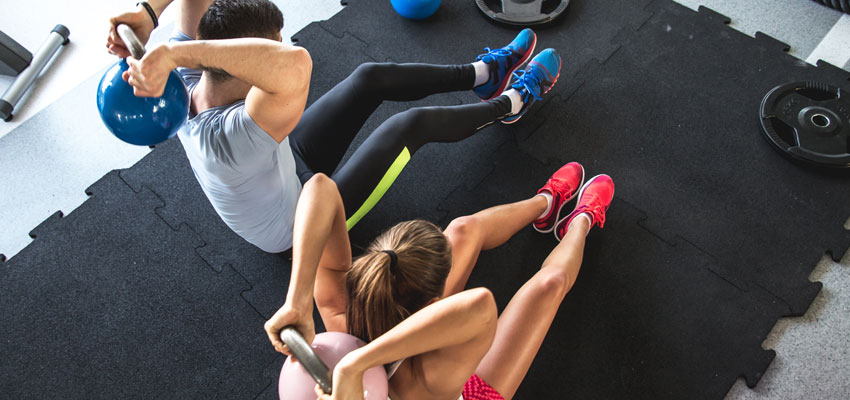
So my last revelation was Fit Boy and the Mirror. As the show I was training for crept closer, the training becomes more and more intense, you spend more hours in the gym; cardio, train, cardio, pose, eat, cardio, cardio, cardio! It was nice for a change to have someone that could relate to the struggle of show prep. With his show looming as well going out to eat was not really an option. We would workout, go see a movie, play Putt Putt golf, and even go-karting. Things that are fun, yet don’t revolve around food! You realize when dieting for a show that it seems like EVERYTHING you do with friends or family is food related.
Continue reading Hot To Date a Fit Girl – How A Fit Girl Tries To Date a Fit Boy? pt.2
